



What is the power consumption level of the Rockchip PX30 processor compared to similar processors from other brands?
Rockchip PX30 is a low-end and mid-range embedded processor, which is mainly used in intelligent terminals, industrial control and other scenarios. Compared with similar processors from other brands (e.g. Rockchip, Allwinner, Amlogic, etc.), its power consumption performance can be summarized as follows:
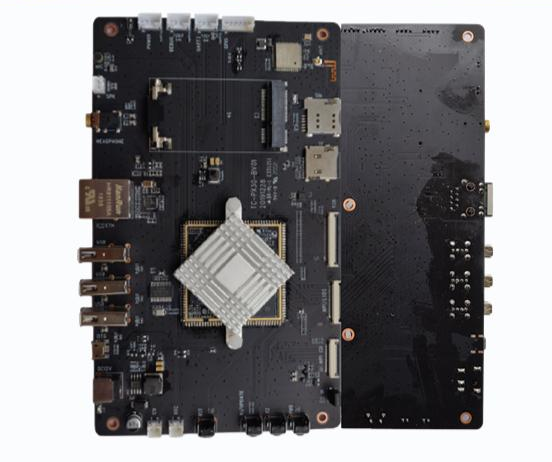
Process and Base Power Consumption
PX30 adopts a 28nm process, which is similar to its counterparts, Allwinner A64 (40nm) or Rockchip RK3326 (28nm), but consumes more power compared to more advanced 14nm/12nm processors (such as Amlogic S905X3).
Under typical application scenarios, the standby power consumption of PX30 is about 0.5W, and the full-load power consumption is about 2-3W, which is the average level of low-end embedded processors.
Dynamic Frequency Tuning and Energy Efficiency Optimization
PX30 supports Dynamic Voltage Frequency Scaling (DVFS), which adjusts the performance and power consumption according to the load, but the energy efficiency ratio is not as good as that of the new generation of processors, such as Rockchip RK3566 (22nm) or Amlogic A311D (12nm).
In fixed load scenarios such as video decoding, the PX30 outperforms the Allwinner H6 (40nm) in terms of power consumption, but is weaker than the Amlogic S905X4 (12nm).
Comparison Summary
Processor Process Typical Power Consumption (Full Load) Key Advantage Scenarios
Rockchip PX30 28nm 2-3W Low-cost Embedded Devices
Rockchip RK3566 22nm 1.8-2.5W Industrial Controls, AI Edge Computing
Applicability Suggestions
The PX30 is suitable for cost-sensitive scenarios that do not have a high performance demand (e.g., advertisement machines, simple industrial control devices), but If pursuing lower power consumption or higher performance, it is recommended to consider competing products with 12nm/22nm process.

Please contact us if the source is mislabeled or violates your legal rights.
We will promptly correct and delete, thank you.
- What is the power consumption level of t...
- In what scenarios can the performance of...
- Smart Home Products with Rockchip RK3588...
- Kylin ISP chip
- Purchase of ISP chips
- How fast is the read speed of Winbond W2...
- The motherboard of the industrial comput...
- spi ethernet chip in qfn package
- Industrial Control Box Motherboard
- rtl8211fs ethernet chip driver
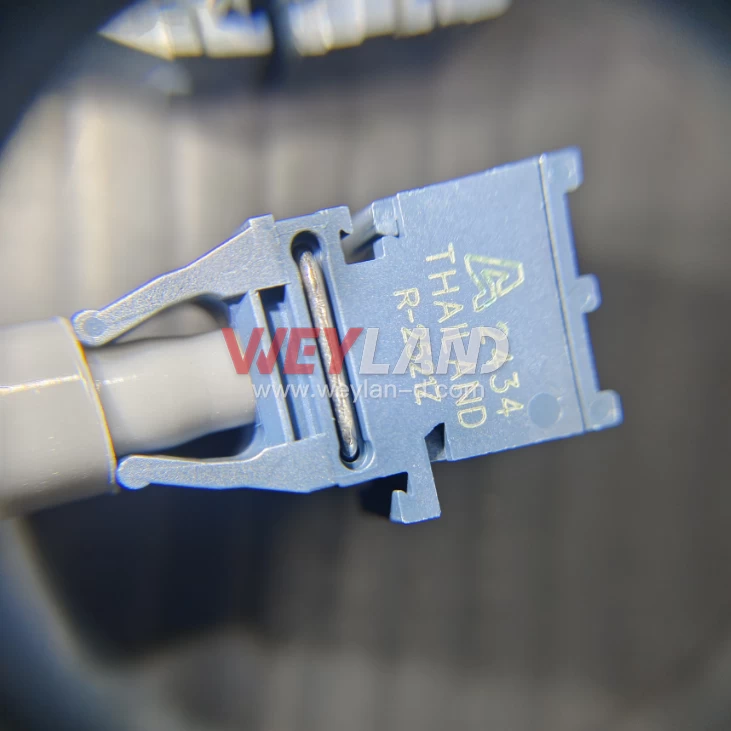
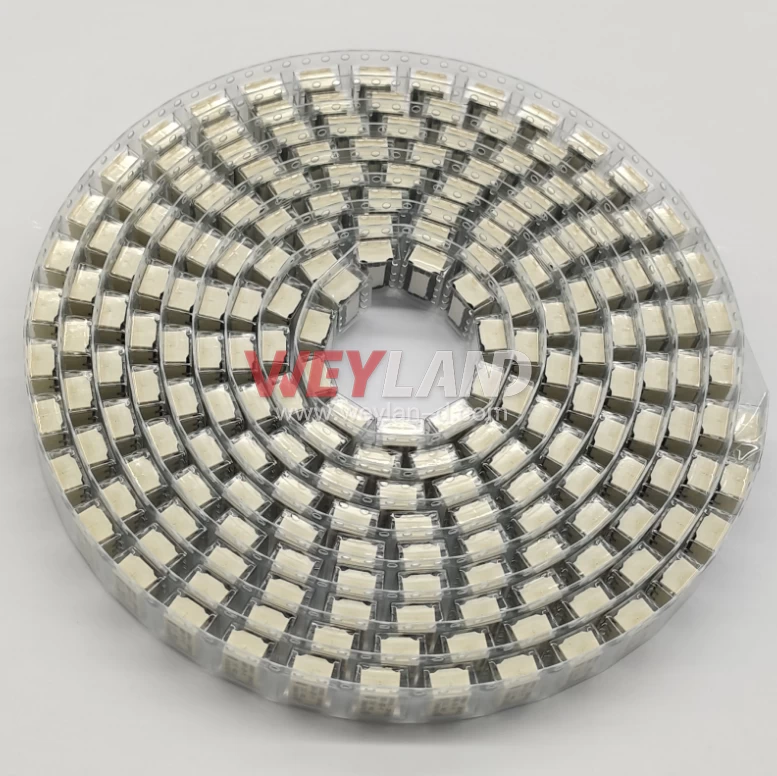
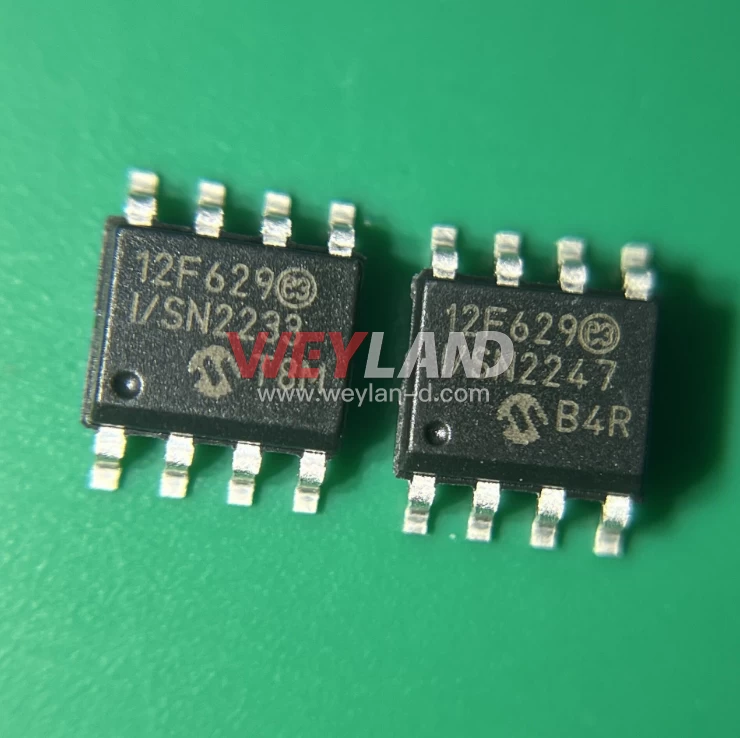
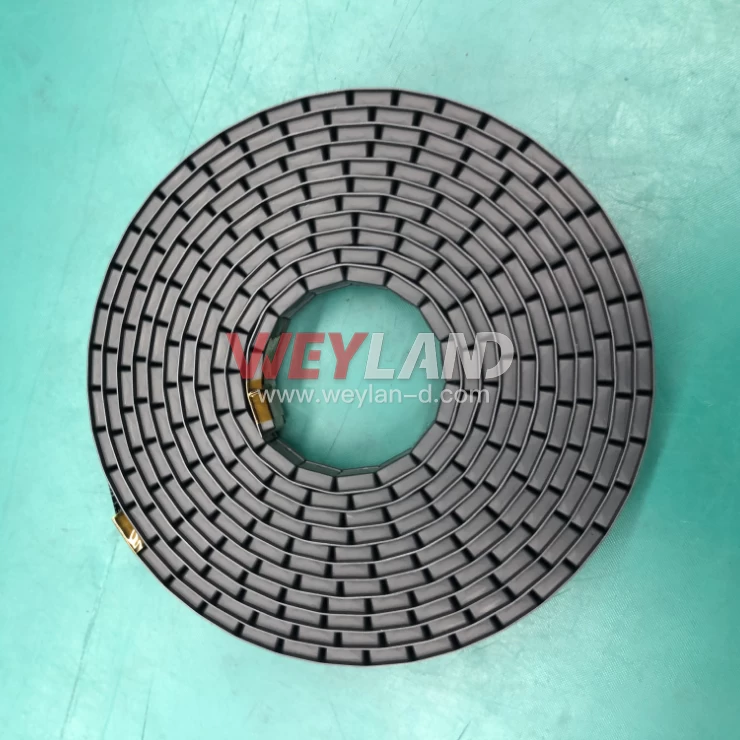
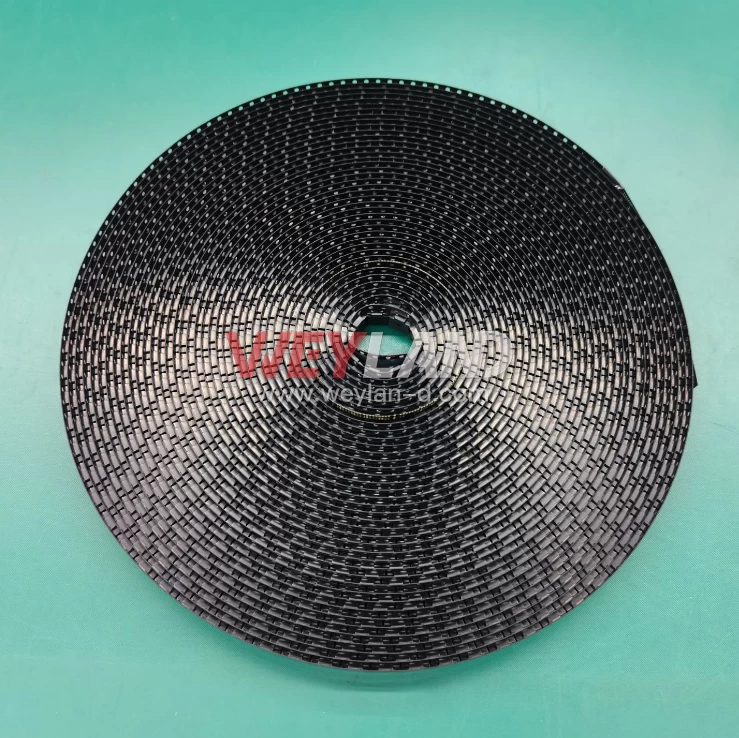

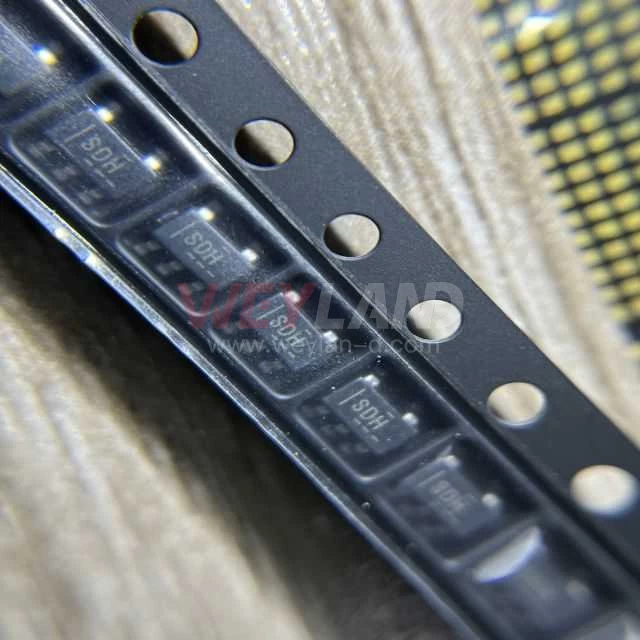
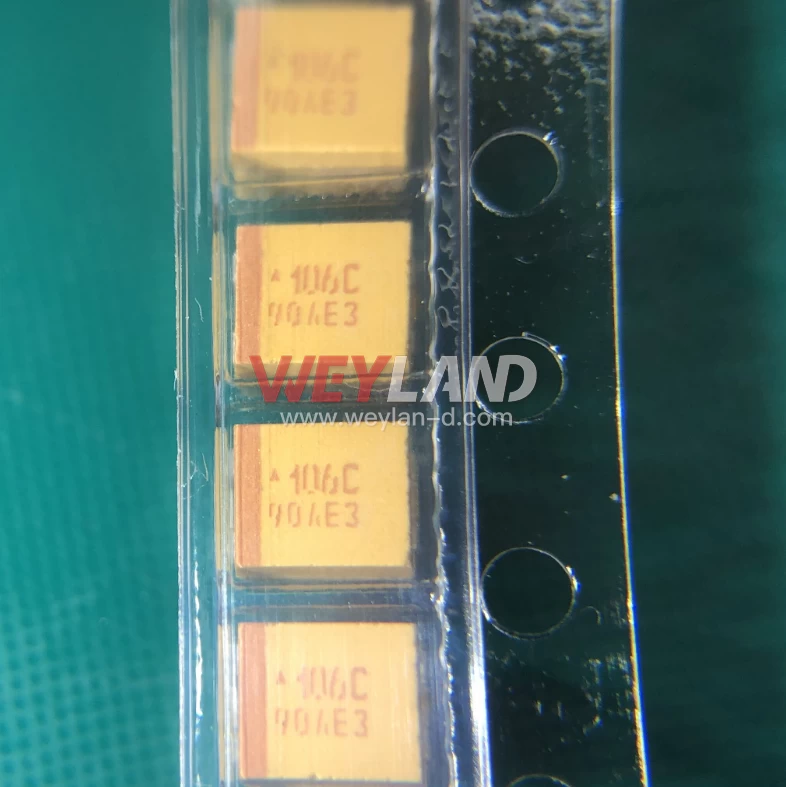
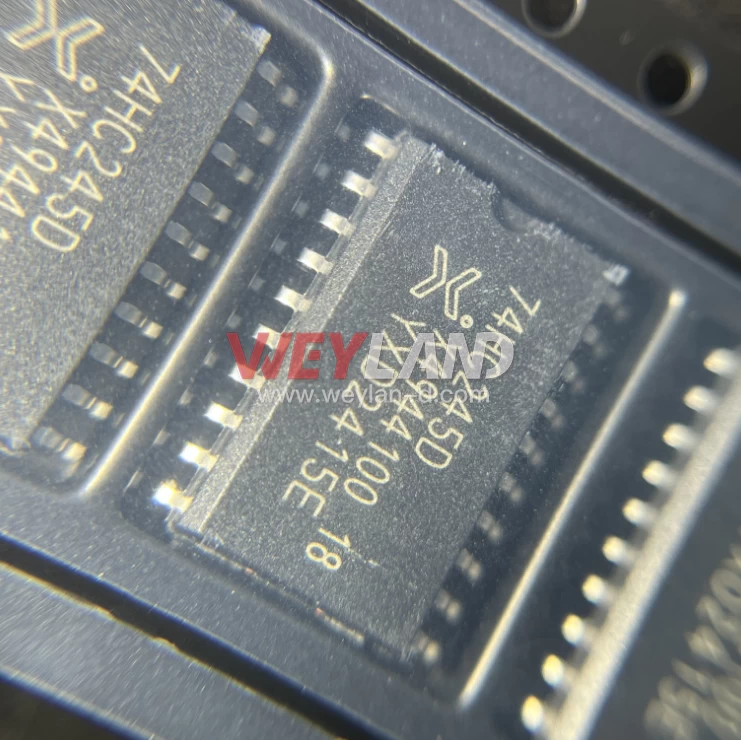
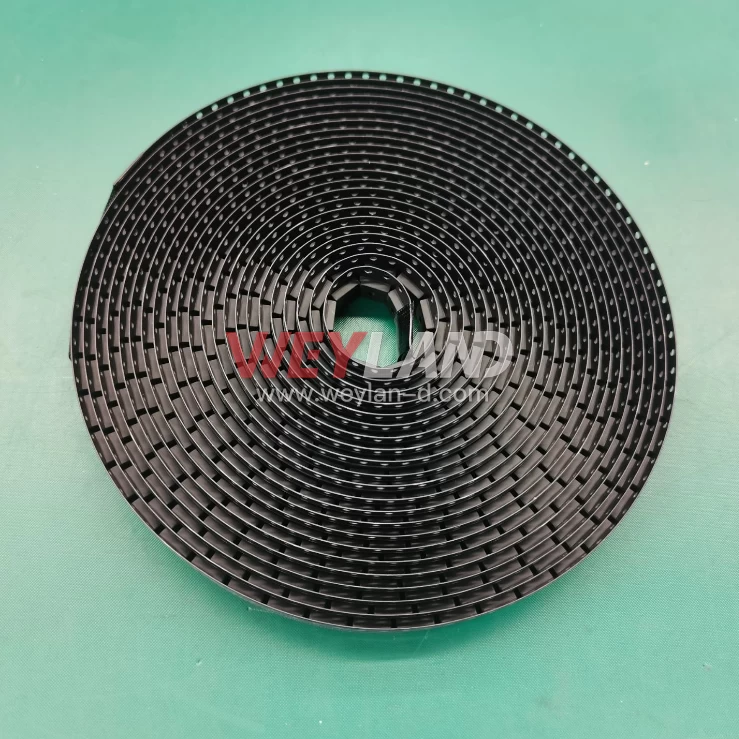
.9246509.png)












[email protected]
7500A BEACH ROAD #04-307 THE PLAZA SINGAPORE (199591)
RM 705.7/F.FA YUEN COMM BLDGNO.75-77.FA YUEN STREET.MONGKOK.KLN.HONG KONG
